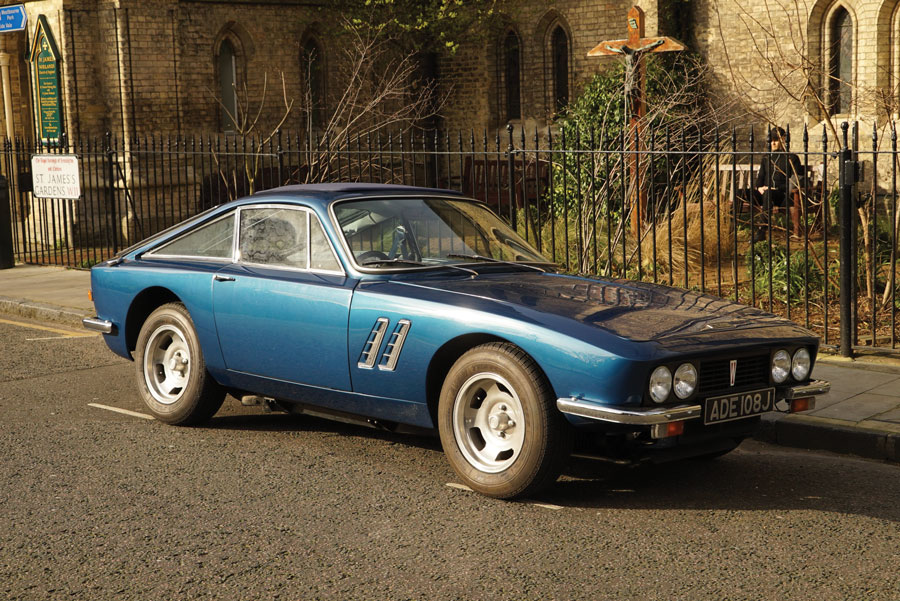Chassis Number: 7113
The Trident Clipper started out as a Trevor Fiore styling exercise commissioned by TVR and exhibited at the Geneva Salon in 1965.
When the Blackpool-based sports-car maker went through one of its many financial crises, the Clipper project was acquired by Bill Last, one of its dealers. Early Clippers used the TVR Grantura chassis before Last switched first to the Austin-Healey 3000 frame and then to that of the Triumph TR6 for the related Venturer and Tycoon models. Ford V8 engines were used for the fiberglass-bodied Clipper, though two late examples were completed with Chrysler units. It is estimated that Trident built approximately 120 cars of all models between 1967 and 1978.
This most attractive and unusual car represents a wonderful opportunity to acquire an extensively restored example of a rare British GT at a fraction of the rebuild costs.

